Confronted with Rebuild of Evangelion, it is tempting to ask a single question: why?
Of course, the commercial answer is obvious. Neon Genesis Evangelion is a hugely successful property. As of 2012, branded pachinko and pachislot machines were worth roughly ¥700 billion while the merchandising rights were estimated at an additional ¥150 billion. This is to say nothing of the cultural impact of Neon Genesis Evangelion. David Samuels compared the property’s impact on Japanese culture to that of “the Beatles and the first Star Wars movies” on western audiences.
So there would always be a market for more media related to the Neon Genesis Evangelion franchise. However, even in an era dominated by belated sequels and franchise extensions, it is interesting to wonder why the continuation of the beloved Japanese anime series would look like the Rebuild: a series of four movies released over 14 years, which starts out as a straight up remake of the animated series but evolves into something radically different.
The original Neon Genesis Evangelion ran a single two-cour season, but that was more than enough to assure its place in pop culture history. The series was a clear riff on the mecha anime: stories about characters (usually children) driving gigantic robots to fight monsters. Series creator Hideaki Anno was a fan of the genre and has even been described as “the definitive otaku artist.” The show was a loving homage to classic anime, from Mobile Suit Gundam to Space Runaway Ideon. As the show progressed, Anno pushed it in overtly psychological and reflective directions.
The show’s ending, as depicted in the 25th and 26th episodes, was controversial. In a memo to his staff circulated shortly before production began in July 1995, Anno seemed to concede that he had yet to figure out the ending, admitting that “within [him], the story is not yet finished.” By that point, the basic narrative had already been retooled at short notice following the sarin nerve gas attack in Tokyo in March 1995. There was a sense that Anno and his team were racing against time.

The final two episodes of the anime are surreal, bordering on experimental. They focus on the internal psychology of the lead character, the mech pilot Shinji Ikari. The final doesn’t feature any mech battles or mythology dumps, but instead follows Shinji as he attempts to reconcile with himself. The animation is literally deconstructed, with Shinji imagining himself in other situations or other stories removed from the violence and brutality of piloting the giant entities known as Evas.
As Susan Napier notes, this original ending to the series was “fascinating and to many viewers disappointing in its virtual lack of any high-tech special effects or apocalyptic imagery.” It became a major controversy as fans felt cheated and betrayed. The offices of the animation studio, Gainax, were defaced. Anno himself was driven to suicidal ideation by online harassment. However, Anno has always stood by that original ending.
“I can’t help laughing when hard-core anime fans say that we did a very lousy job, with intentional negligence,” Anno would state. “No we didn’t. No staff members did a lousy job. In fact, every member at Gainax gave more energy than anybody can imagine. I feel sad that those fans couldn’t see our efforts. Personally I think the original TV ending we showed ended up beautifully.” In an interview in June 1996, he bluntly stated, “I am very satisfied. I regret nothing.”
However, this ending would not quite stand. A theatrical release in July 1997, The End of Evangelion, would offer an alternative (or perhaps a complementary) ending to the saga. Aaron Stewart-Ahn has described The End of Evangelion as “one of the most sustained assaults on an audience in mass entertainment.” He’s not wrong. Rob Bricken argued the ending was “nihilistic and full of despair for humanity,” while Napier described its brutality as “almost a parody of the apocalyptic genre.”

If the television finale upset audiences by “subverting their expectations” of an ending to a mech anime, then The End of Evangelion gave audiences exactly what they claimed they wanted with surprising anger and venom. Images of the graffiti at the studio’s offices flash on screen, alongside the death threats that Anno received. At one point, a live-action cinema audience stares through the screen, as if inviting the viewer to take a good long look at themselves: Is this really what you want?
To a certain extent, The End of Evangelion felt like a condemnation of the kind of story that some Neon Genesis Evangelion fans wanted. Taken with the television finale, it seemed to question the value of these sorts of stories. This was clearly on Anno’s mind. In pre-release press, Anno asked if these sorts of obsessions were healthy in adults: “If a person likes robot or cute girl animation, can they still be happy with it after the age of twenty?” Anno asks this of himself as much as his audience.
In interviews, Anno conceded frustration with how his work had become a “target of dependence” for some fans. With the entire saga behind him, at least for the moment, Anno has conceded that Neon Genesis Evangelion is in some ways about moving past the need for things like Neon Genesis Evangelion, acknowledging, “I didn’t want our show to be some escape-from-reality type of entertainment, I wanted people who watched it to feel encouragement to live their own lives.”
This doesn’t quite explain why Anno was subsequently drawn to reimagine the franchise as a series of four films: You Are (Not) Alone, You Can (Not) Advance, You Can (Not) Redo, and Thrice Upon a Time. However, there are clues buried within the films themselves. In particular, there’s a recurring fascination with the idea of art and the question of purpose that simmers through the four films, which gains even more resonance in the context of a franchise being rewritten and reworked.

In You Can (Not) Advance, the mysterious Kaji takes Shinji to help him pick watermelons. “Making and growing things, these are wonderful hobbies,” Kaji tells Shinji. “You see and understand new things. Fun things, sometimes.” In You Can (Not) Redo, Shinji practices playing the piano with Kaworu. He asks how he can improve. Kaworu responds, “Practice through repetition. Do the same thing over and over. Do it until you can think to yourself, ‘That’s pretty good.’”
This feels like an artist reflecting on their own art, as if Anno is suggesting that he is practicing through repetition. Trains are an important recurring image, vehicles on tracks moving in a linear fashion towards a predetermined location. In contrast, the opening hour of Thrice Upon a Time focuses on a static community built up around a trainyard. In this post-apocalyptic world, the train cars no longer go anywhere, so have been converted into bathhouses and libraries. They just are.
Despite a shorter runtime than the original series, the Rebuild movies spend a lot of time on the characters just being. The character of Rei, a docile clone who has only ever known life as a combat pilot, grows over You Can (Not) Redo and Thrice Upon a Time. “I am alive without orders,” she states. “Why?” At the end of You Can (Not) Advance, Shinji inadvertently causes the Near Third Impact, an apocalyptic Earth-shattering event. However, despite the horror, life continues on in its wake.
Throughout the Rebuild movies, Shinji fixates on a Walkman that belonged to his father. The device is stuck on tracks 25 and 26, perhaps an allusion to the final episodes of the series, replaying over and over. The characters themselves are trapped in repeating loops. Some of these loops are metaphorical, with Shinji’s emotional trauma inherited from his father. Some are more literal, with Shinji eventually realizing at the end of all things that he has “been here before many times.”

For all the franchise’s use of Christian imagery, Siddhant Adlakha has argued that this arc “feels fundamentally Buddhist.” It’s a clever premise that only really works in the context of a franchise remake as literal as the Rebuild of Evangelion. These characters are stuck in patterns of destructive and harmful behavior, trapped in a story that ended with the brutality of The End of Evangelion. In some ways, the Rebuild films play like an effort to do right by these characters.
For all the darkness in Neon Genesis Evangelion, it was always about rebuilding. The franchise takes place in Tokyo-III, a city that has been rebuilt twice. Anno summarized the series by suggesting that “the tsunami wipes out the world and the story then focuses on how the survivors rebuild it.” The original announcement for the show in February 1995 bears little resemblance to the finished product, but it does state that it would be a story about how “man attempts to artificially induce his own evolution.” Neon Genesis Evangelion has always been about growth and change.
The ending of Thrice Upon a Time resembles the earlier two endings in some ways. Once again, it suggests that the happiest ending is the one without child soldiers piloting mechanical monsters. Shinji breaks the fourth wall “to rewrite the world into one that doesn’t have Evas.” This time, Shinji makes a point to help the other characters on their journey. As Anno explains, Shinji has “matured a little bit more and he is able to save people who are around him as well.”
Most tellingly, as Shinji prepares to fade away into nothingness like he did at the end of the show — as the animation degenerates into line art and storyboards — a friend arrives to help him. Mari, a character new to the Rebuild movies, bursts into Shinji’s world and pulls him out of the collapsing space. She takes him to the real world — to the real-life Tenryu-Futamata Station in Hamamatsu City. The film ends with Shinji and Mari running from the station.
In the end, Thrice Upon a Time argues that there is life outside Neon Genesis Evangelion. Hopefully Anno can look at it and think to himself, “That’s pretty good.”

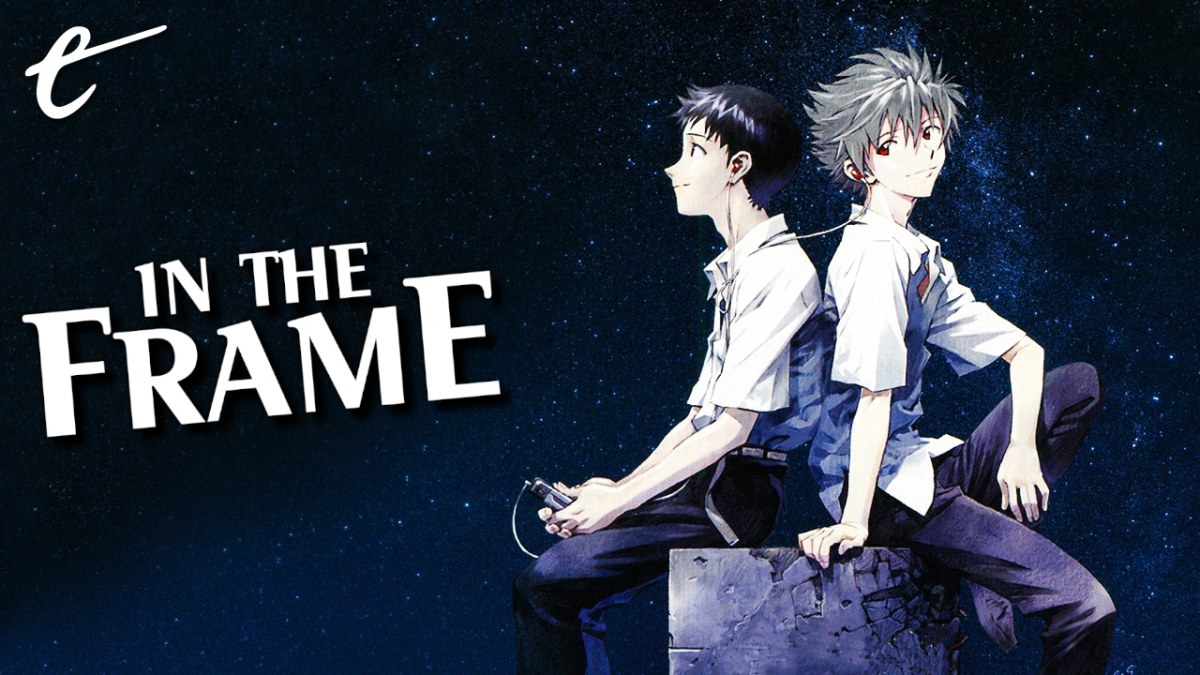



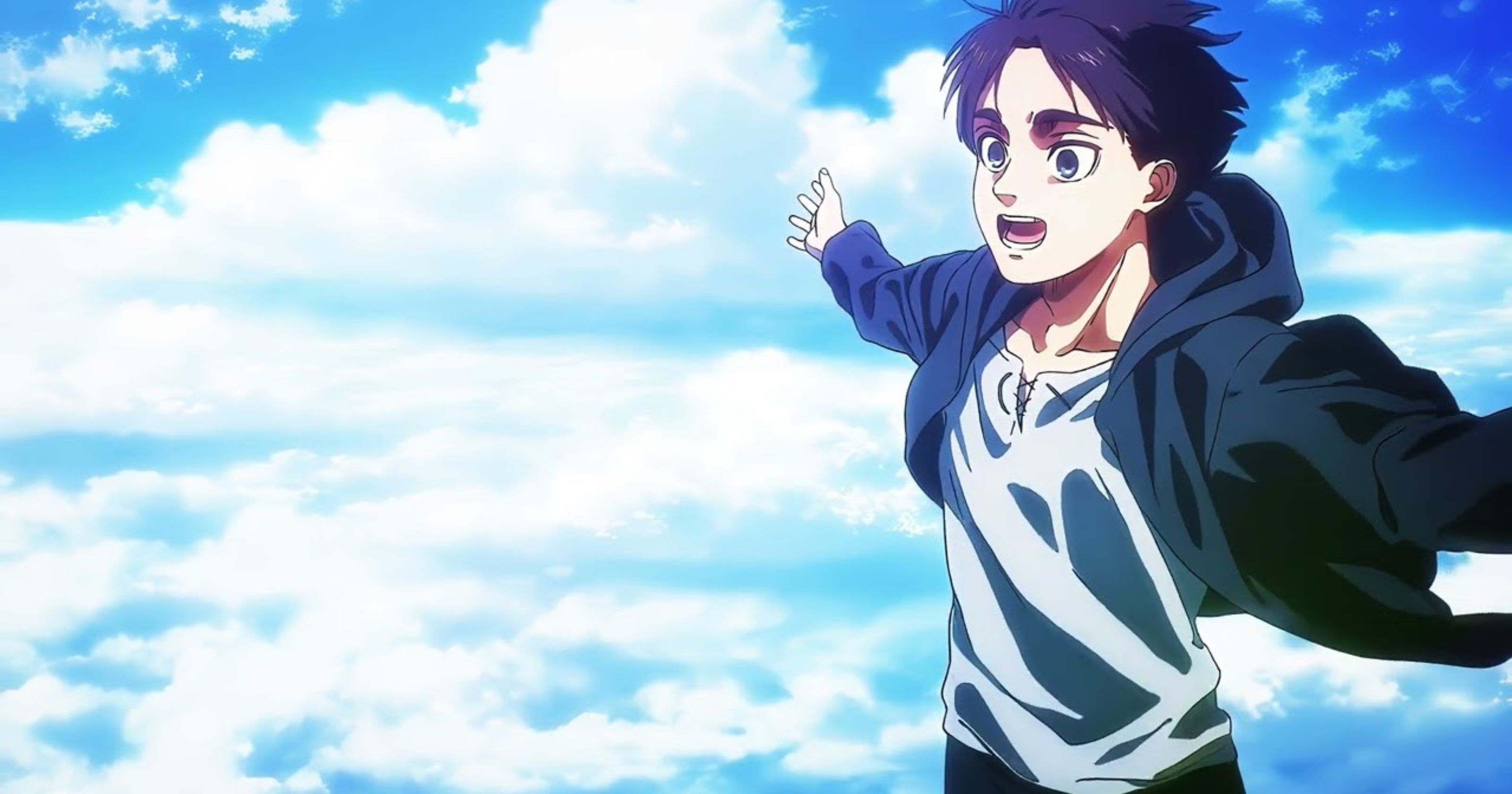
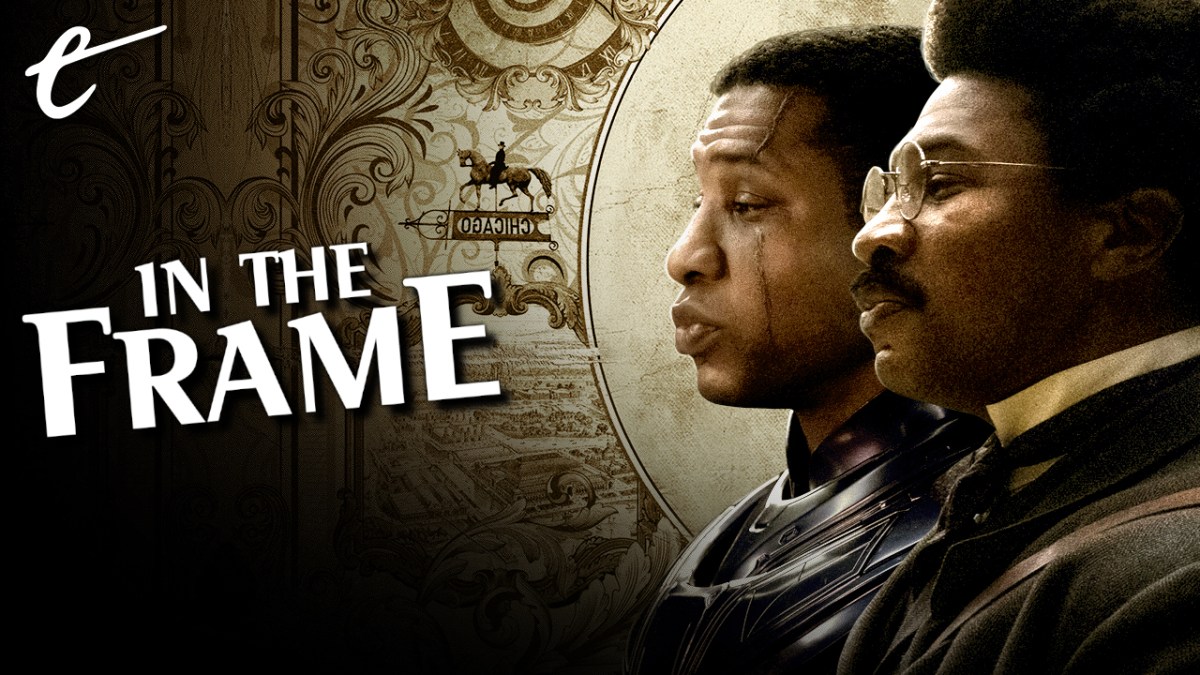

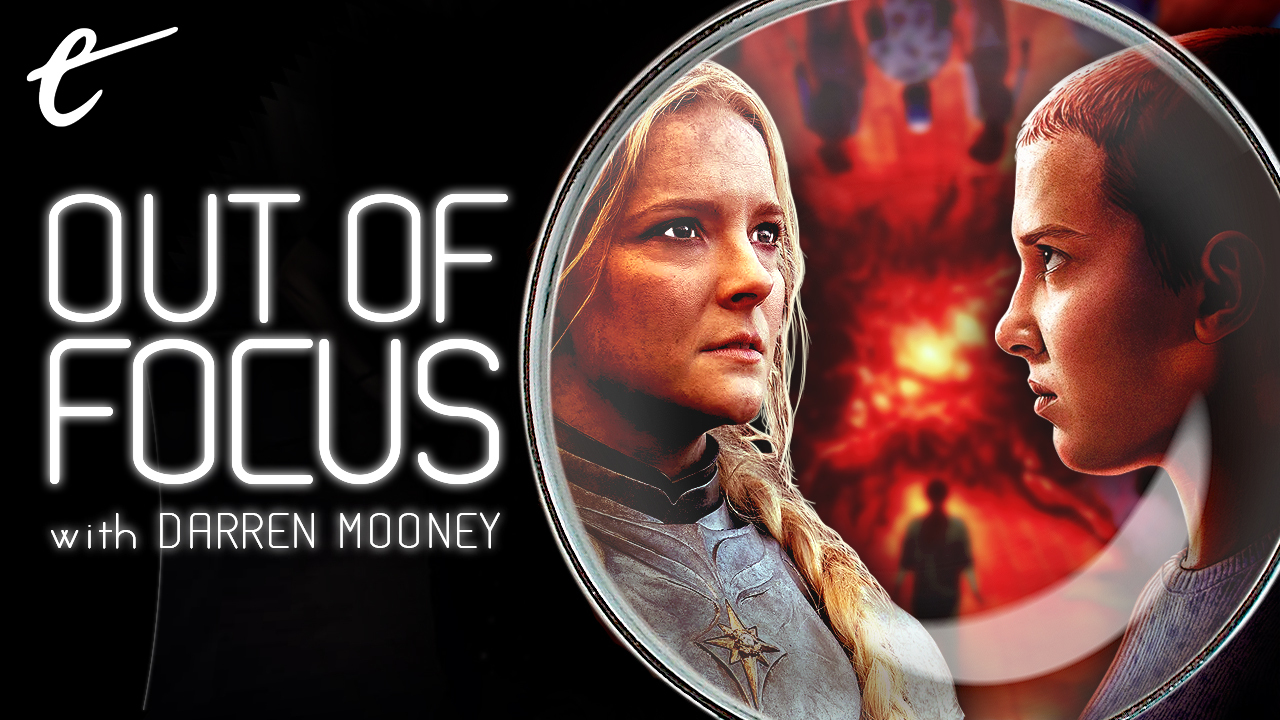
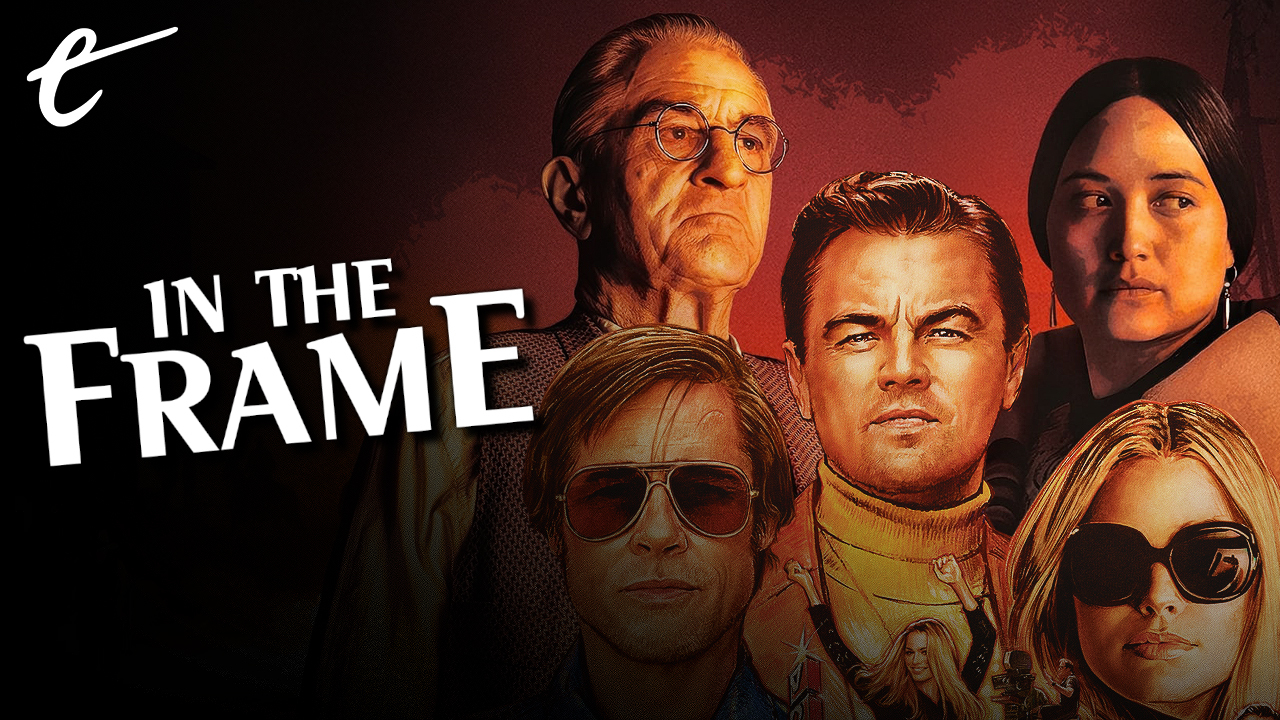
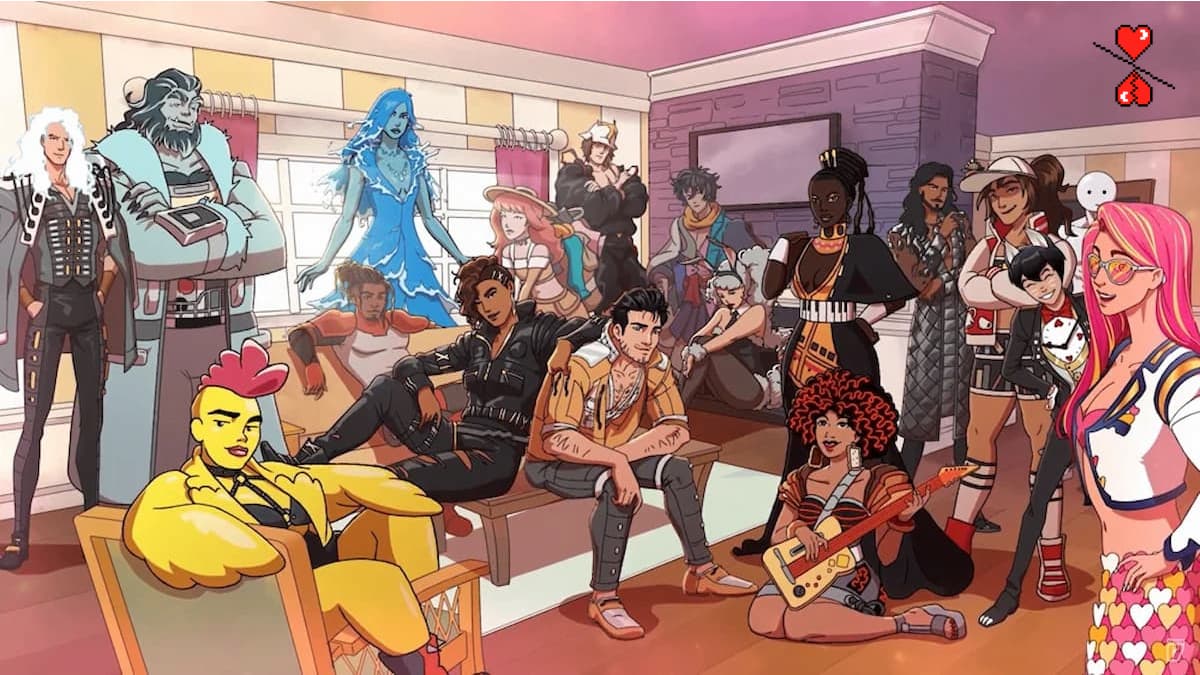



Published: Sep 6, 2021 3:00 PM UTC